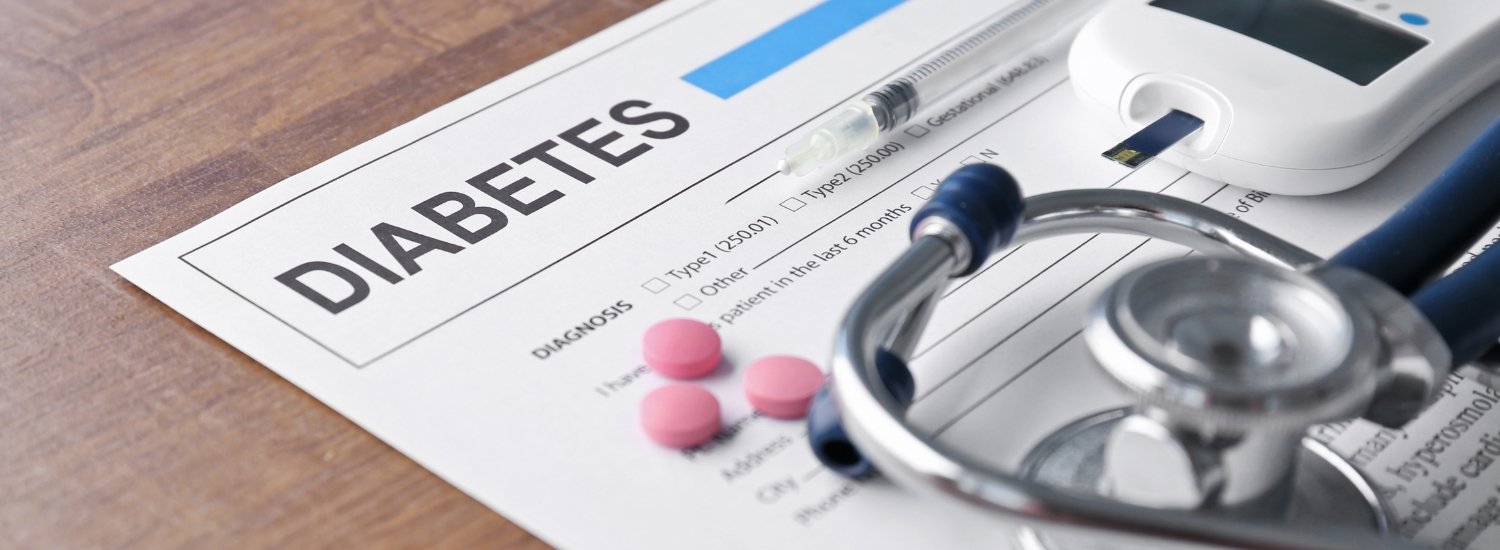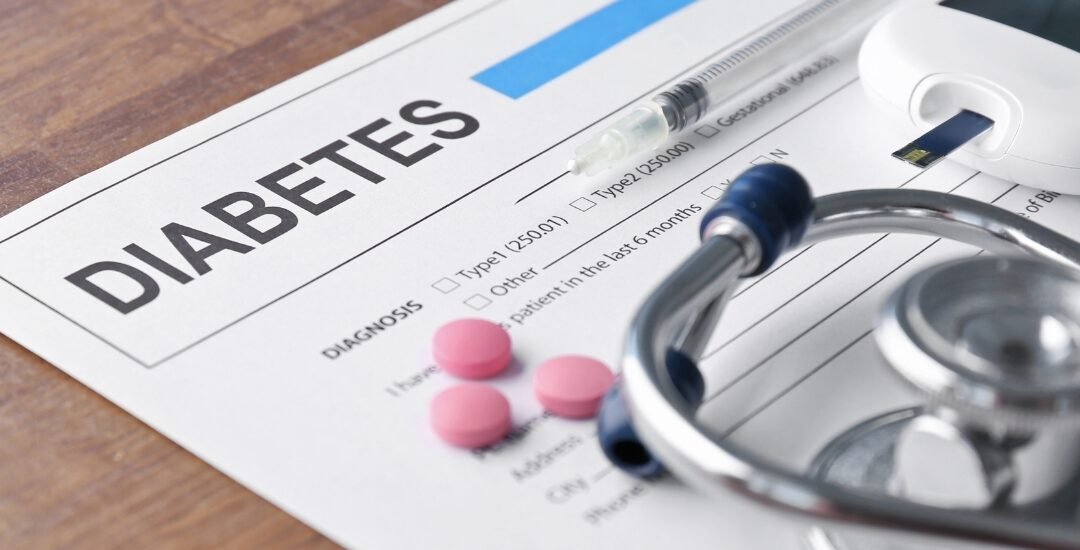Diabetes is a serious condition that requires daily attention—but when blood sugar control slips too far, a dangerous complication known as diabetic ketoacidosis (DKA) can occur. It’s more than just high blood sugar; it’s a life-threatening emergency that demands swift medical attention.
Understanding the diabetes ketoacidosis symptoms can help you or a loved one act quickly and potentially save a life. This guide explains the warning signs, causes, and treatment options available—especially if you need urgent care for diabetic ketoacidosis.
Table of Contents
- What Is Diabetic Ketoacidosis (DKA)?
- What Causes Diabetic Ketoacidosis?
- Early Signs of Diabetic Ketoacidosis
- Key Diabetes Ketoacidosis Symptoms to Watch
- DKA vs High Blood Sugar Symptoms
- When to Seek Urgent Care for DKA
- Treatment for DKA
- Call to Action
- Final Thoughts
1. What Is Diabetic Ketoacidosis (DKA)?
Diabetic ketoacidosis occurs when the body doesn’t have enough insulin to process glucose. As a result, it breaks down fat for energy, releasing ketones—a type of acid that can accumulate in the bloodstream. When ketone levels rise too high, the blood becomes dangerously acidic, affecting organs and vital functions.
DKA is most common in people with type 1 diabetes but can also affect those with type 2 diabetes during periods of stress or illness.
2. What Causes Diabetic Ketoacidosis?
Several factors can trigger this life-threatening condition:
- Missed insulin doses
- Uncontrolled high blood sugar
- Infections or illnesses (flu, pneumonia, urinary tract infections)
- Physical or emotional stress
- Undiagnosed diabetes
Understanding what causes diabetic ketoacidosis can help prevent it from occurring, especially if you’re managing diabetes daily.
3. Early Signs of Diabetic Ketoacidosis
Catching DKA early gives you a better chance of avoiding complications. Early signs of diabetic ketoacidosis include:
- Constant thirst or dry mouth
- Frequent urination
- High blood sugar levels (often over 250 mg/dL)
- Presence of ketones in urine
- Headache and fatigue
These subtle symptoms may mimic typical blood sugar fluctuations but should never be ignored.
4. Key Diabetes Ketoacidosis Symptoms to Watch
As DKA progresses, the symptoms become more severe. Watch for these diabetes ketoacidosis symptoms:
- Rapid or deep breathing (Kussmaul respirations)
- Nausea and vomiting
- Abdominal pain
- Fruity-scented breath (due to ketones)
- Confusion or disorientation
- Weakness or fatigue
- Flushed skin or dry lips
These are red flags of a potential life-threatening diabetes complication that requires immediate intervention.
5. DKA vs High Blood Sugar Symptoms
It’s important to distinguish between DKA vs high blood sugar symptoms. While both involve elevated glucose levels, DKA comes with the added danger of ketone buildup and metabolic acidosis.
High Blood Sugar Only:
- Mild fatigue
- Increased thirst
- Blurred vision
DKA:
- Severe abdominal pain
- Rapid breathing
- Vomiting and confusion
- High ketone levels
If you’re unsure how to know if you have DKA, test for ketones and seek medical advice immediately.
6. When to Seek Urgent Care for DKA
Prompt action can save your life or the life of a loved one. You should seek urgent care for diabetic ketoacidosis if your blood sugar is consistently above 300 mg/dL, you test positive for moderate or high ketone levels, or you are experiencing symptoms such as vomiting, dehydration, labored breathing, or confusion. These indicators suggest that your body may be entering a critical state and needs immediate medical intervention. Our walk-in clinic is equipped to handle DKA cases swiftly and effectively—no appointment needed.
7. Treatment for DKA
At our walk-in clinic, treatment for DKA begins with a rapid assessment of your condition, followed by stabilizing blood sugar levels and rehydration. You may receive intravenous fluids to combat dehydration, insulin therapy to lower glucose levels, and electrolyte replacement to restore essential minerals such as potassium and sodium. Continuous monitoring ensures your vital signs and ketone levels are kept in check throughout the treatment. After the acute episode is resolved, we work with you to develop a long-term diabetes care plan to reduce the risk of future DKA episodes.
8. Call to Action
If you suspect diabetes ketoacidosis symptoms, time is critical. Ignoring the signs can lead to severe complications. Visit our walk-in clinic in for prompt, professional care—no appointment needed. Our experienced team is equipped to diagnose and treat DKA quickly, ensuring you get the life-saving help you need. Your health can’t wait—come in today and get the support you deserve.
9. Final Thoughts
Diabetes is manageable—but diabetes ketoacidosis is a medical emergency. Recognizing the signs early can protect you from serious consequences, including coma or death.
Stay vigilant. Know your symptoms. And most importantly, don’t wait.
If you or someone you love experiences warning signs of DKA, visit our walk-in clinic for immediate help. We’re here to provide expert care when it matters most.
Disclaimer
This content is for informational purposes only and does not substitute professional medical advice, diagnosis, or treatment. Always consult a licensed healthcare provider with any questions regarding your condition.

